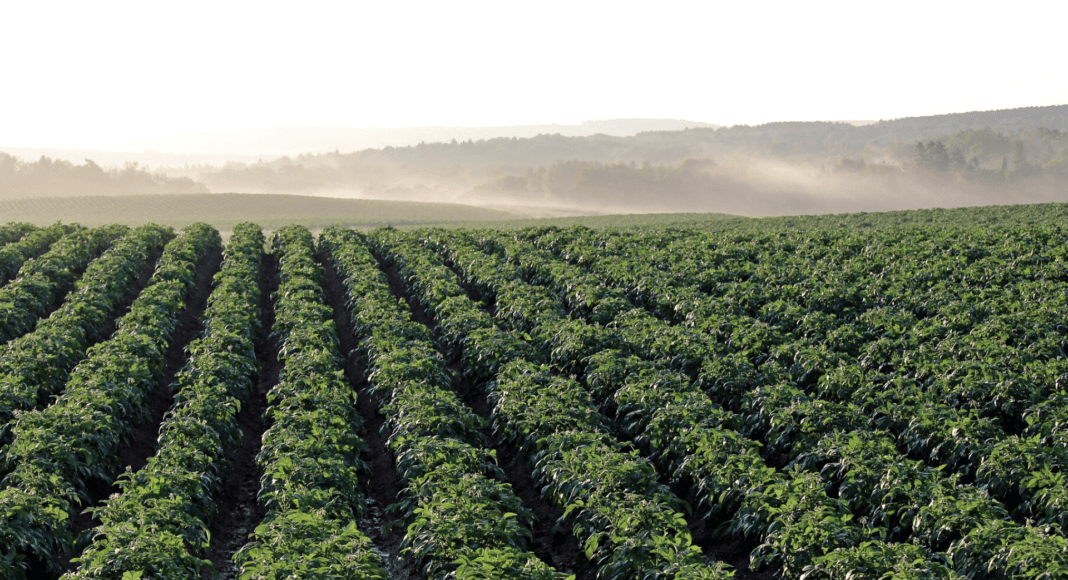A preliminary estimate has pegged European potato area at two to three per cent higher this year, the North-Western European Potato Growers (NEPG) said in a July 7 news release. This is slightly higher than 2020, when acreage was the highest in recent years, at 552,000 hectares.
“The difficult growing conditions of this early season raise many questions for 2023 production despite a strong demand for processed potato products,” NEPG said in the report.
The starch and seed areas are down in the NEPG zone by more than 15,000 hectares. The report noted most of these hectares have been switched to processing potatoes with a few being planted as table potatoes.
There’s already concerns about seed availability for next spring with this year’s seed acreage down by 2,500 hectares in the Netherlands and France. The report noted its expected seed area will also be lower in Germany, Belgium, Denmark and Scotland.
“Should we lose 10,000 (hectares) of seed this year in Northwestern Europe, that could mean a decrease of 100,000 (hectares) of ware potatoes in 2024,” the report said.
There were delays for planting across western Europe this spring. Most crops were planted from mid April to early June with a peak happening over the second half of May. However, currently NEPG noted there’s a lack of persistent rain causing irrigation to be used where possible.
Due to all of this, there has been an impact on potato emergence and development, the report said. Flowering and/or tuberization has occurred earlier than normal.
“How big will the impact be on the quantity and quality of 2023 production? It’s still too early to tell in spite of the fact that many growers are worried about what they see in their ridges,” NEPG questioned in the report.
There’s demand for free buy potato in Western European countries. The report noted processors need to obtain industrial raw material for the rest of the season.
“It seems that some processors were willing to accept almost any price for the last batches of the old crop without contract. The truth is also that the supply of non-contractual processing material dried up end of June, beginning of July,” the report said.
Some processors are now considering extending planned holidays and maintenance before switching to the new crop, NEPG said. However, some crops are expected to start coming in soon. The first crops from Rhineland, Lower Saxony and Palatinate are not expected before week 29, and Belgium spuds will arrive in late July and into early August.
Related Articles
Low Production, Water Concerns for European Potato Industry
Hot Hot Hot (and Dry) Weather Weighing on Canadian Potato Crop











